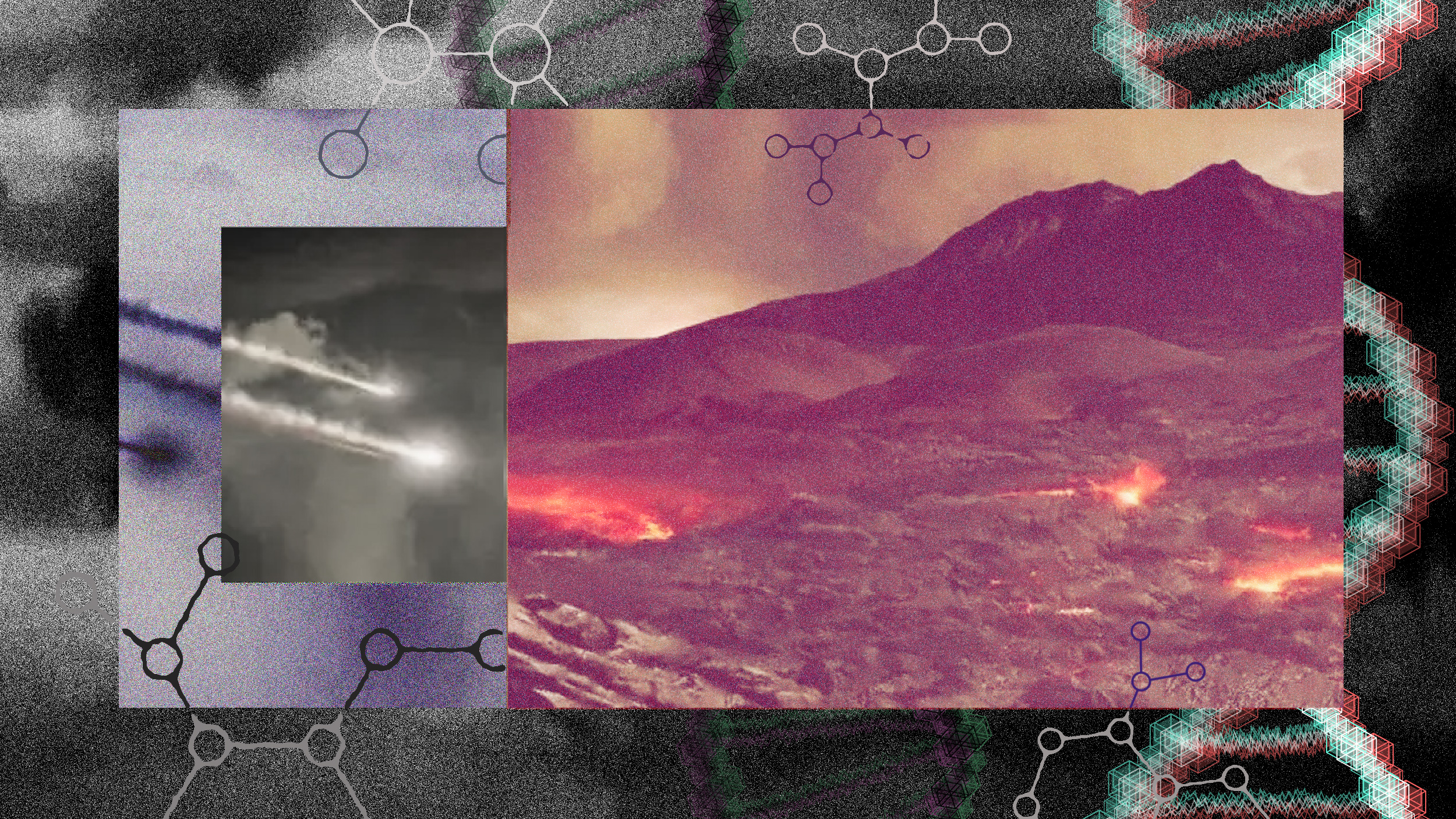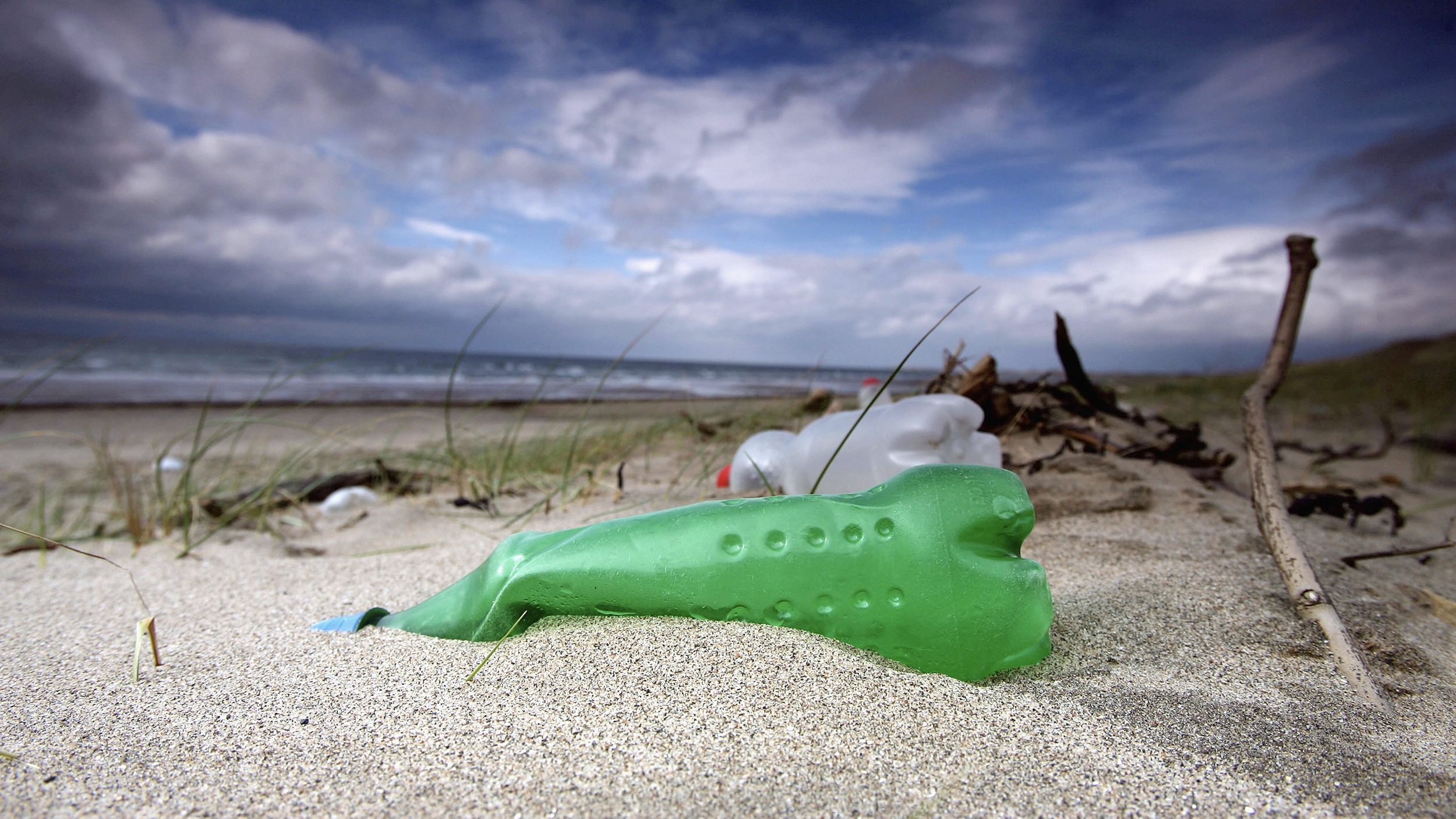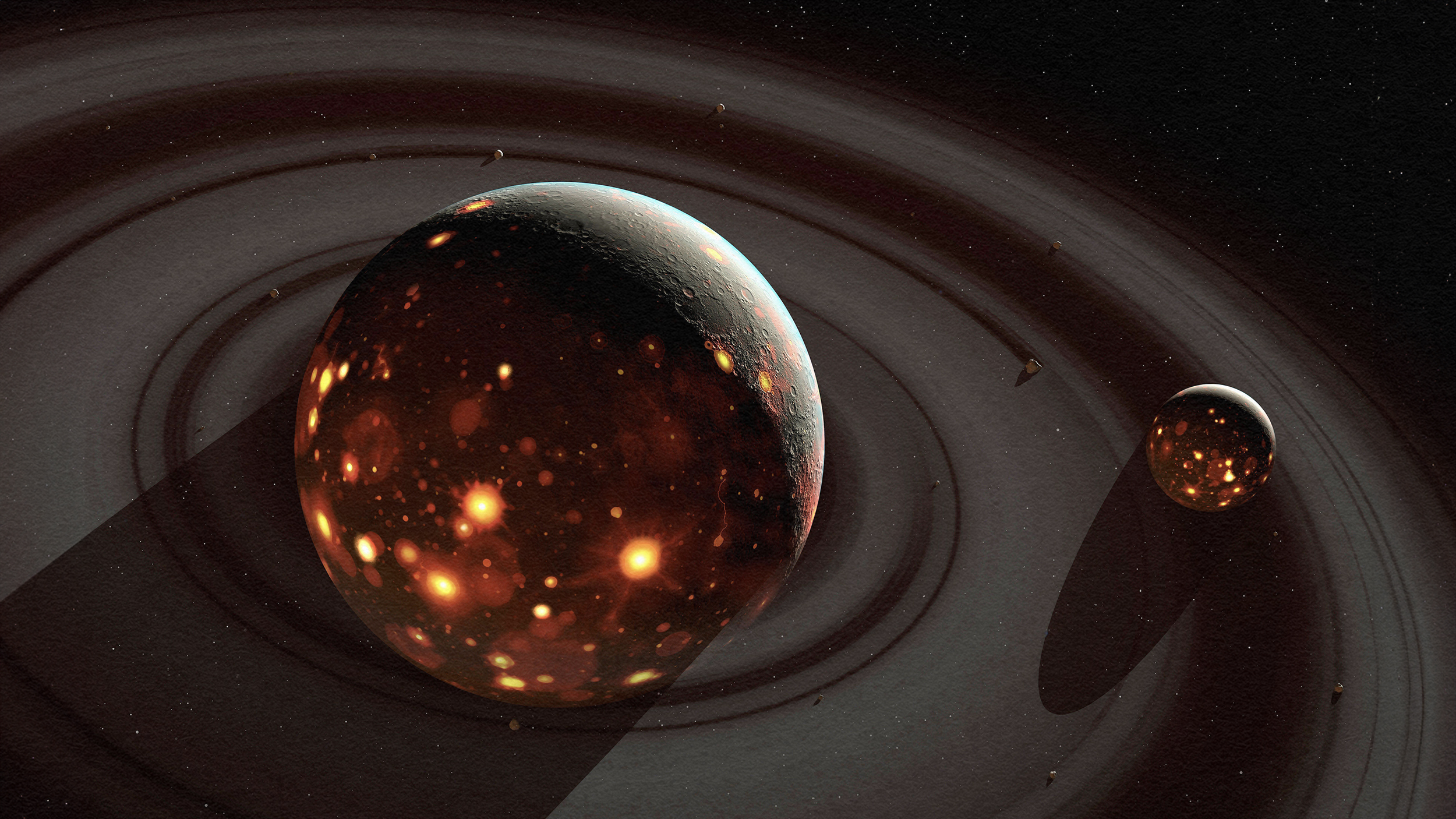MICHELLE THALLER: Don, you've asked a question that's related to what I think is my absolute favorite fact in the universe, and that is that we are made of dead stars. And that's literally true. The atoms in our bodies were actually created inside the cause of stars that then exploded, and died, or unraveled into space.
And so your question about the periodic table is very interesting. What was the periodic table like at the beginning of the universe, the moment of the Big Bang? Well, one thing I can say, it was a lot simpler. The Big Bang, when it went off, produced basically three elements. Almost everything was hydrogen. There was a little bit of helium, and a tiny, tiny little smattering of lithium as well.
So those three elements were around just a couple of minutes after the formation of the universe, but nothing else. And that's actually not a theory. That's actually something we can observe. One of the wonderful things about being an astronomer is, as you look out into space, farther and farther away, the light has taken longer to get to you. And the farthest we can see is actually back to a time only about 400,000 years after the Big Bang. And really, at that time, there was nothing but very hot hydrogen gas, and a little bit of helium and lithium as well.
So everything larger than that, every atom more complex had to be formed inside a star. Over time, stars like the sun are pretty good, over the life cycle, at producing things like carbon and oxygen. They don't really get much more far off the periodic table than that. If you want to go any farther than the element, iron, you actually need a very violent explosion, a supernova explosion.
The cores of very massive stars and by that, I mean stars that are 10, 20, maybe even as much as 50 times the mass of the sun, their cores are much hotter, because the gravity crushes things down, and the temperature goes up many, many millions of degrees hotter than inside the sun. So these stars can actually form bigger and bigger atoms. The hotter the temperature, the denser the core, the more you can ram things together and actually form bigger and bigger atoms over time.
But there's a very special thing that happens when you get to the atom, iron. And it's something you've actually heard about but you may never have thought of. And that when people think about getting energy out of a nuclear reaction you've heard about fusion reactions. So like a fusion bomb, actually, takes hydrogen, fuses it together to make helium, and that creates energy. And that's a nuclear bomb. The sun also runs on that particular reaction, fusing hydrogen together. But then you also heard that there's something called fission. And this is how, say, a uranium bomb would work. A uranium nucleus has many, many particles inside it you actually get energy out of breaking it up and forming two smaller nuclei that are actually a bit denser, and they hold together better. And so you get energy out of breaking them apart.
And the element, iron, is exactly halfway between those two processes. So you've been getting energy by fusing things together until you get to iron. And iron is the first nucleus where you don't get any energy out of fusing. From anything bigger, now, you get energy out of ripping apart, fission.
So iron is what sets off a supernova explosion. When a star tries to fuse iron together, it absorbs energy. And that's not great for the star. The core collapses. And that huge collapse creates this giant wave of heat and the formation of many, many new elements after that. So anything heavier than iron has to be created in a supernova explosion.
Now, there are some elements, heavier still, that even supernova energies don't really get up quite high enough to make. And this is something we only found out recently, in the last couple of years. Elements like gold gold is actually a really interesting one platinum; interestingly enough, bismuth; and all the big things, like uranium and all of the really large atoms; they have to be formed by something that seems almost preposterous, but we have observed this happening two neutron stars colliding.
So neutron stars are the cores of dead stars. They're super-compressed. The density of a neutron star is about a Mount Everest worth of mass in every square centimeter. So think about crushing Mount Everest into a little cube like that. The entire star, which is only about 10 miles across, is actually that density.
And that means you have a tremendous amount of nuclear components-- neutrons, protons, really close together. And two neutron stars collide. And when that happens, you make all of these very heavy elements up, like gold, and platinum, and uranium, and all the big stuff. And again, this is not something that we just know theoretically. We actually have observed this happening. Recently, we observed two neutron stars colliding. And in that single explosion, 10,000 times the mass of the Earth in gold came out of that explosion. It was tremendous. So we definitely know where those atoms come from now. We observed that happening.
So to recap, at the beginning of the universe, you had three elements mostly hydrogen, a little bit of helium, tiny little bit of lithium. Now we have the entire periodic table. And a lot of those are formed in stars like the sun. Anything past iron has to be formed much more violently, in a supernova explosion or, in the case of very large atoms, two colliding neutron stars. And over billions of years, we've filled out the periodic table that way.
Michelle Thaller is an astronomer and Assistant Director for Science Communication at NASA's Goddard Space Flight Center.
The periodic table was a lot simpler at the beginning of the universe.
▸
6 min
—
with
Related
Claims circulating on the Internet — some from dentists' websites — suggest toothpaste isn't necessary for dental health. Is that true?
Plagues, war, and genocide were literally frozen in time.
Although early Earth was a molten hellscape, once it cooled, life arose almost immediately. That original chain of life remains unbroken.
Do the benefits of plastics outweigh the costs?
Our cosmic home, planet Earth, has been through a lot over the past 4.5 billion years. Here are some of its most spectacular changes






